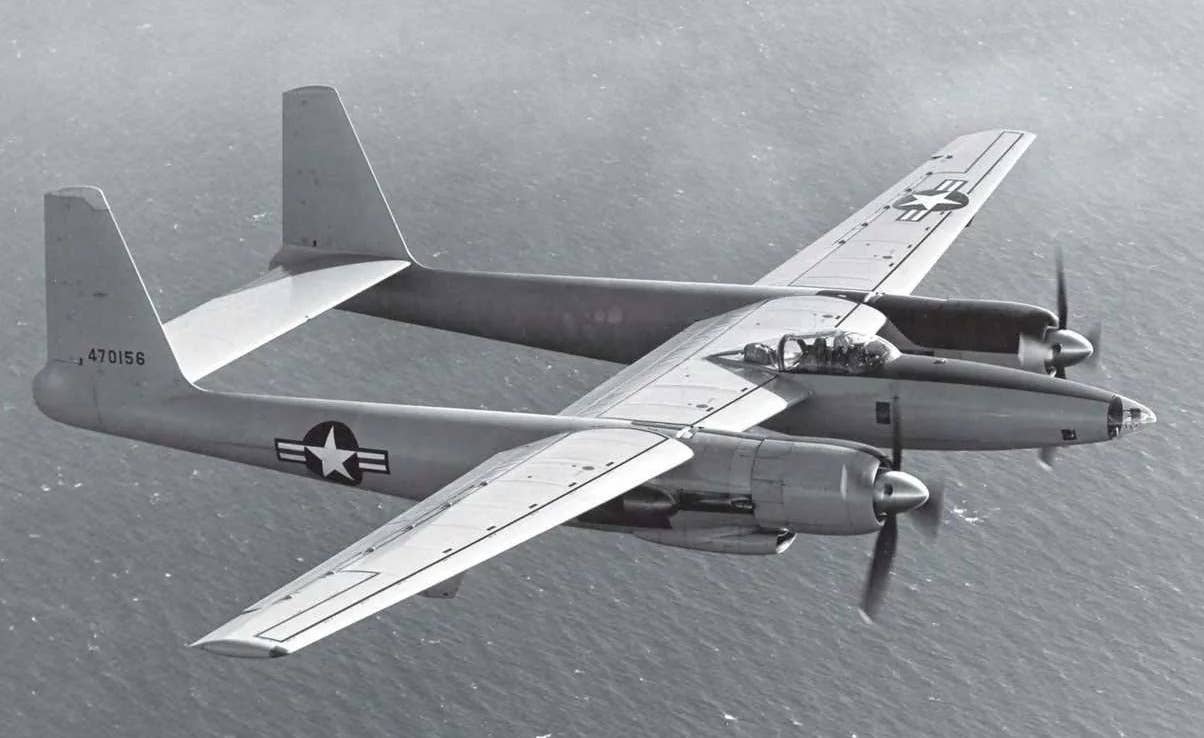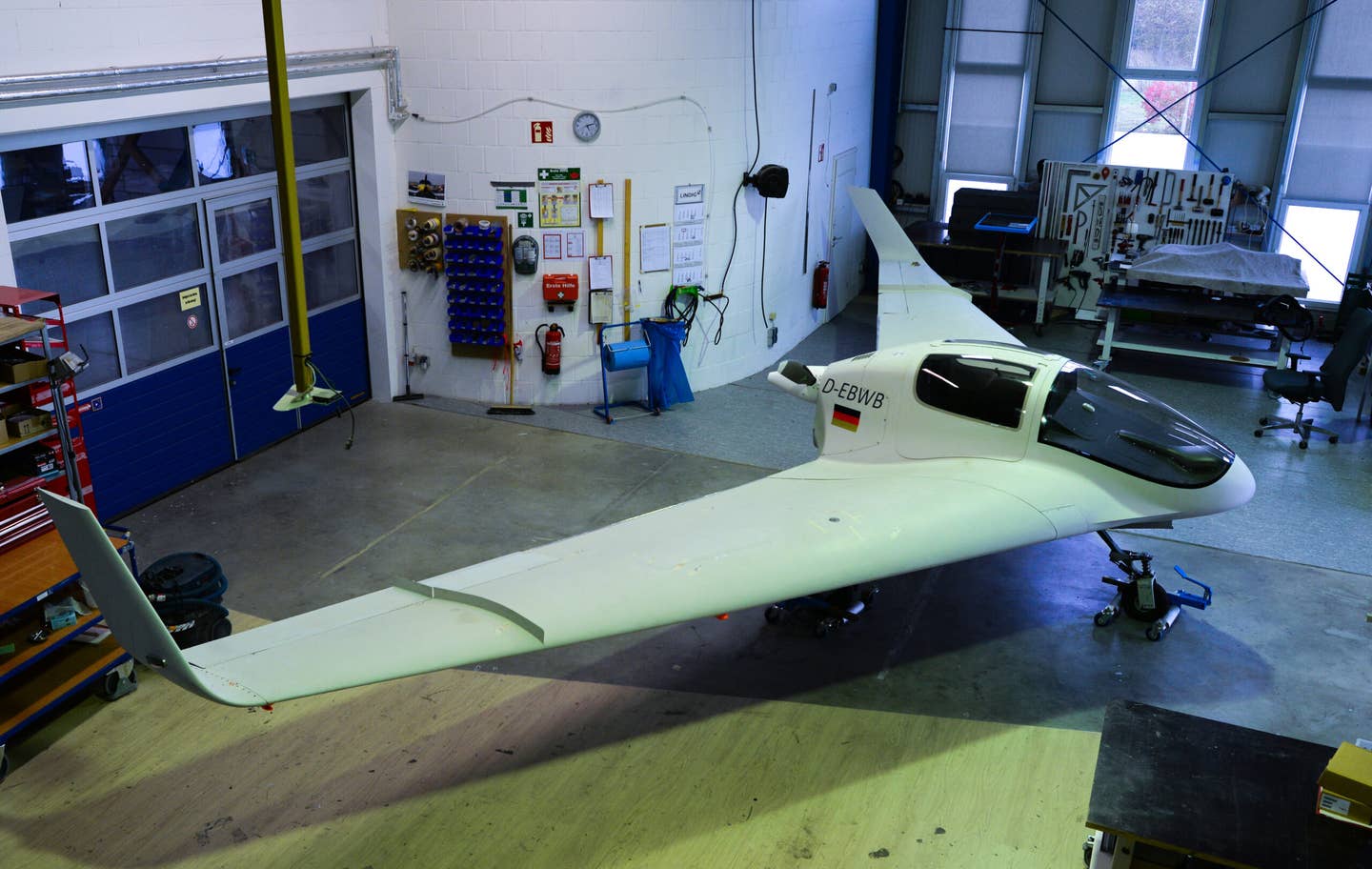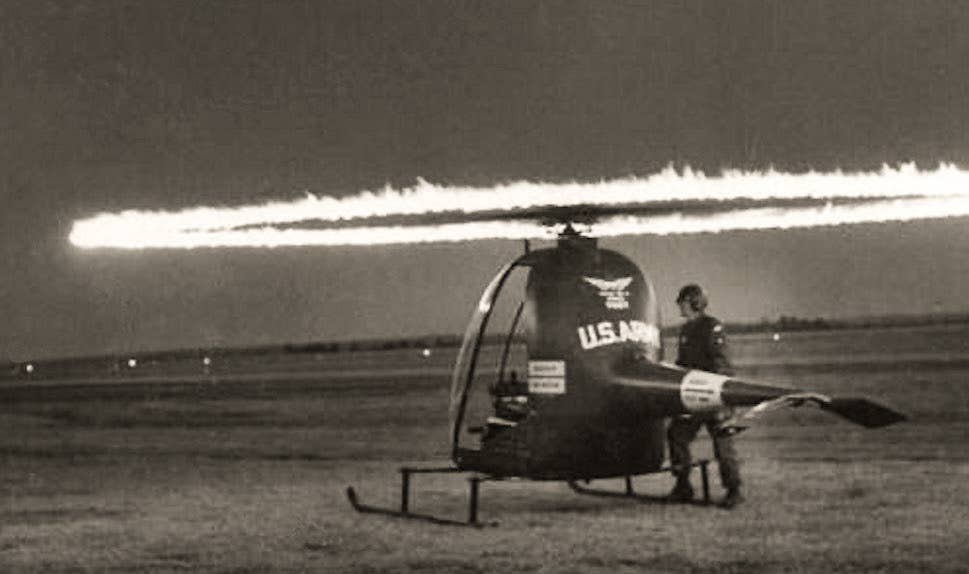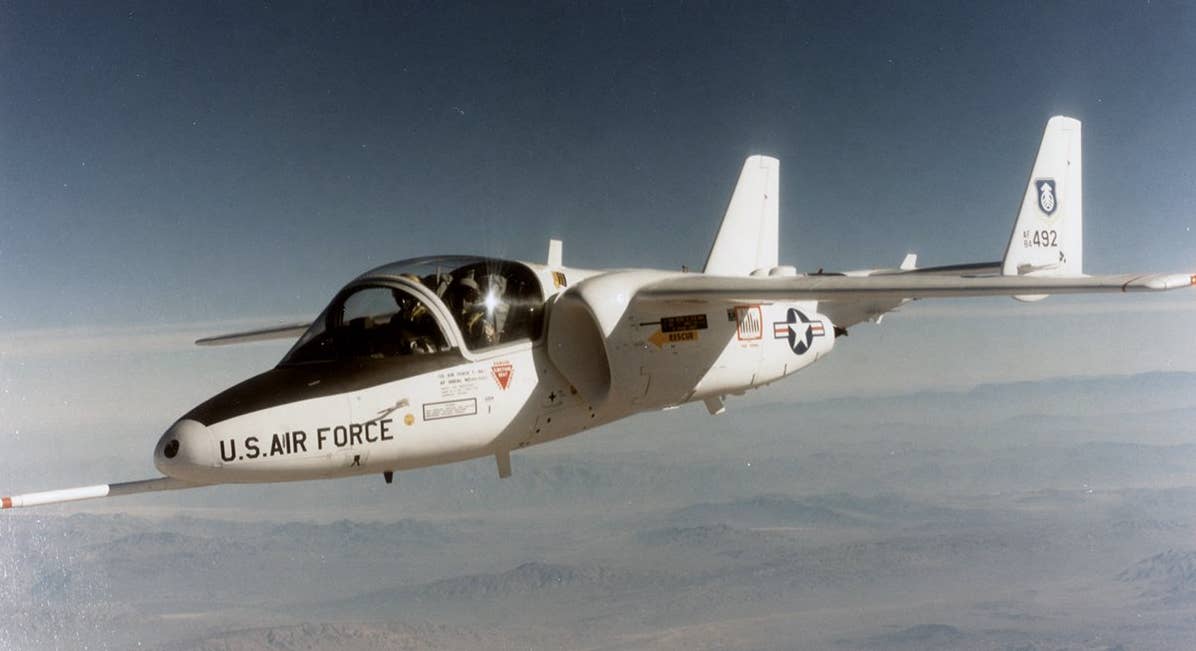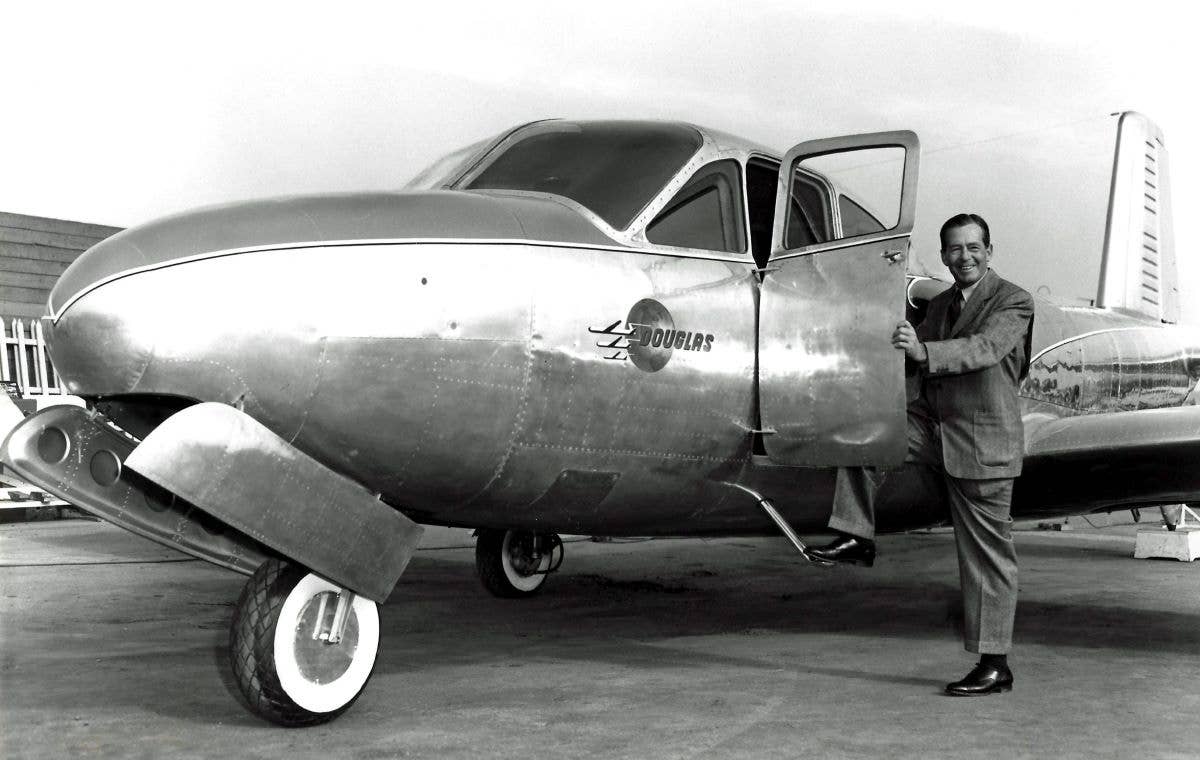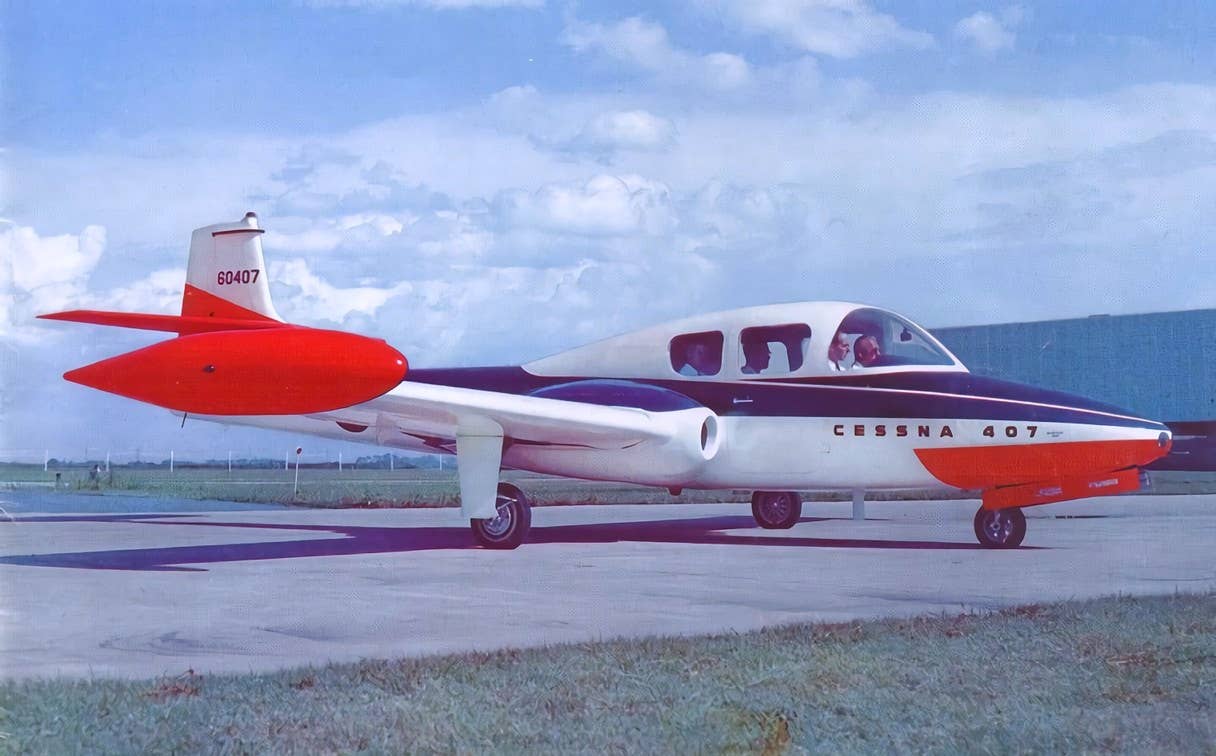The Ryan YO-51 Wowed with STOL Performance
The design was developed as a liaison and observation platform for the U.S. Army Air Corps.
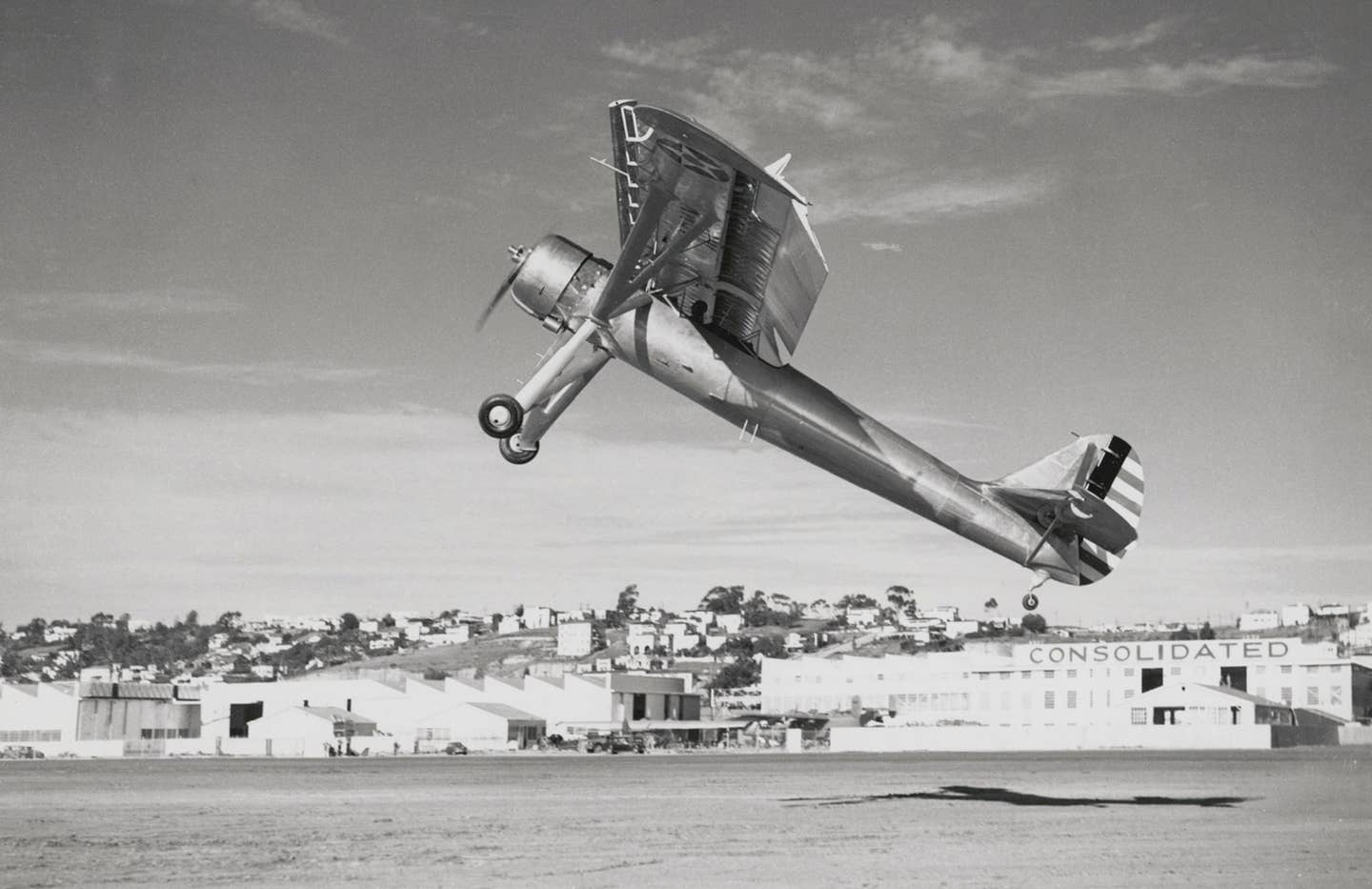
One of three Ryan YO-51 Dragonfly prototypes demonstrates its leading-edge slats and massive, full-span Fowler flaps during a spirited takeoff. [Photo: USAAF]
In the late 1930s, the U.S. Army Air Corps (USAAC) determined it needed a specialized aircraft as a liaison and observation platform with exceptional short takeoff and landing (STOL) capability. This was perhaps inspired by the Fieseler Storch performing many of the same duties for the Luftwaffe. The Storch excelled in its role, using a 240-horsepower inverted V-8 to pull a kite-like wing through the air and providing takeoff and landing distances of less than 200 feet.
The USAAC sent bids for such an aircraft to multiple manufacturers. The ensuing competition ultimately came down to three, each building three prototypes in 1939 for the contract. Bellanca responded with the YO-50, a high-wing taildragger with an enclosed tandem cabin powered by a 420-horsepower Ranger inverted V-12. Stinson responded with their L-1 Vigilant, an aircraft of similar design but with a more traditional 295-horsepower Lycoming radial engine.
Ryan’s offering was the YO-51 with a company name of “Dragonfly,” and it incorporated a few unique features that made it stand out from the other two contenders. Rather than being equipped with an enclosed and glazed cabin, the Ryan utilized an open cockpit beneath a parasol wing. While doing away with a cabin altogether makes for an effective observation platform by eliminating a number of blind spots, one wonders how effective the airplane would be in frigid northern climates with cold and fatigued crew members.
The Ryan’s landing gear was quite different from the others but nearly identical in design to the Storch. While the YO-51 differed by integrating the wing strut into the design, both the Ryan and the Storch utilized an extremely wide stance and long-travel suspension. In the case of the Storch, it provided a plush 16 to 18 inches of suspension travel to soak up all but the most violent landings.
In addition to being a parasol design, the Ryan’s wing incorporated full-span leading-edge devices. Publications differ in their description of them, randomly referring to them as slots, which remain fixed in position, and slats, which move between retracted and extended positions in flight. The publications can perhaps be forgiven, however, as photos exist showing both variants installed on different YO-51s.
Ryan chose full-span Fowler flaps for the trailing edge, a then-revolutionary design utilized by Lockheed on the 14 Super Electra and later on most high-wing Cessna models. Notable for introducing primarily lift in the first segment of travel and then drag at higher settings, these flaps helped to enable exceptional STOL performance, particularly when they make up the entire trailing edge of the wing. To provide roll authority in the absence of traditional ailerons, Ryan equipped the YO-51 with roll-control spoilers.
To the delight of U.S. Army Air Forces (USAAF) maintenance technicians, Ryan eschewed inverted V engines and instead opted to use a common and known engine, the Pratt & Whitney R-985 Wasp Junior radial. Producing 440 horsepower for the YO-51, this engine was also utilized in the Beech 17 and 18 as well as the de Havilland Beaver and Vultee BT-13 Valiant. With almost 40,000 built over the years, Ryan must have touted their engine choice as far more sensible than Bellanca's.
The three YO-51s, wearing serial numbers 40-703, 40-704, and 40-705, first flew in 1940 and predicted performance was achieved in flight testing. Hard data is sparse, but multiple sources report the 4,200-pound airplane could take off in less than 100 feet and clear a 50-foot obstacle in slightly less than 500 feet. Landing over a 50-foot obstacle reportedly required 400 feet.
When it came to speed, the complex wing enabled a broad operating range. Stall speed was reportedly only 30 mph, while cruise speed was a healthy 107 mph. These numbers were nearly identical to the Storch…and, perhaps not coincidentally, also nearly identical to the Bellanca and Stinson with which it was competing.
During some of the first test flights, spectators were wowed by the performance. An article in a Ryan company newsletter reported that during one takeoff, the YO-51 “leaped into the air after a run of only 50 feet, pointed its nose at a 60-degree angle, rose almost vertically and remained virtually motionless over the airport.”
The March 15, 1940, edition of the Air Corps Newsletter described the YO-51’s flight capabilities in an even more colorful manner, observing, “The first model of the YO-51 has been grasshoppering in our midst and is doing things that have reduced our carefully nurtured conceptions of how an airplane flies to a pile of ashes.”
Despite such impressive grasshoppering, the USAAC competition was ultimately awarded to Stinson. During its production run, some 324 examples of the O-49 (later L-1) were built for the U.S. and the Royal Air Force.
Sadly, no trace of the three YO-51s nor the three Bellanca YO-50s remains today. One account reports that the three YO-51s were utilized as “ground instructional airframes,” and it’s likely that all six contenders were ultimately scrapped at some point thereafter.

Subscribe to Our Newsletter
Get the latest FLYING stories delivered directly to your inbox

